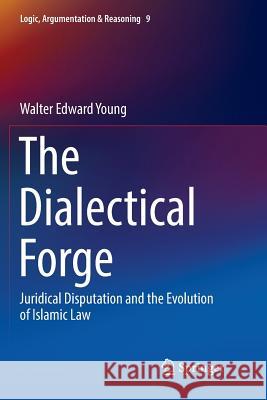The Dialectical Forge: Juridical Disputation and the Evolution of Islamic Law » książka
topmenu
The Dialectical Forge: Juridical Disputation and the Evolution of Islamic Law
ISBN-13: 9783319798059 / Angielski / Miękka / 2018 / 643 str.
Wydawca:
Springer
Seria wydawnicza:
Język:
Angielski
ISBN-13:
9783319798059
Rok wydania:
2018
Wydanie:
Softcover Repri
Ilość stron:
643
Waga:
0.90 kg
Wymiary:
23.39 x 15.6 x 3.38
Oprawa:
Miękka
Wolumenów:
01
Dodatkowe informacje:
Glosariusz/słownik
Wydanie ilustrowane
Wydanie ilustrowane











